Here we are to introduce and comment one of the most beautiful reef tanks I’ve ever seen. Most of all, we’d like to admire the skill of Andrea Negusanti, aka AndreaNegu, who was able to have as many as two of his tanks awarded as “tank of the month”. We’re also proud to have Andrea as the centerpiece of our pizza-and-aquarium-lovers group “MagnaRomagna“.
Andrea’s tank was tailored in order to fit into his home environment and is based on a custom Elos tank (125x70x55) entirely made in extra clear glass 15 mm thick. The tank’s gross capacity is 480 liters, which is also the system’s overall capacity, also considering sump volumes.
Technical specifications
During the summer, in order to mitigate the heat, Andrea uses some redundant cooling systems: a Teco TR 15 with Teco E-Chill double fan and his domestic air conditioning system. All the systems are fed by solar energy coming from solar panels.
The tank is served by a dedicate, shielded switchboard placed in sump. The switchboard is divided from the “wet part” by a plywood panel, magnetically attached, easy to remove and replace. Simply smart. In the picture, the panel has been removed.
Lighting System
In order to get a better blue-LED calibration and a wonderful dimmering scenic effect, Andrea also used Elos Tempo+Dimmer module, which enables to modulate blue-LED intensity when switching on and off.

Ricordea florida under blue led
The flowing
Andrea told to us:
“Some years ago, I tested a Vortech pump, but the noise was so high, compared to my standards, that the next morning the pump was dismantled and brought back. My aquarium is completely noiseless. I’m aware I’m a little picky about noise but I won’t accept any compromise. Tunze pumps are perfect for me, regarding flow and noise, that, luckily, is almost completely absent”.
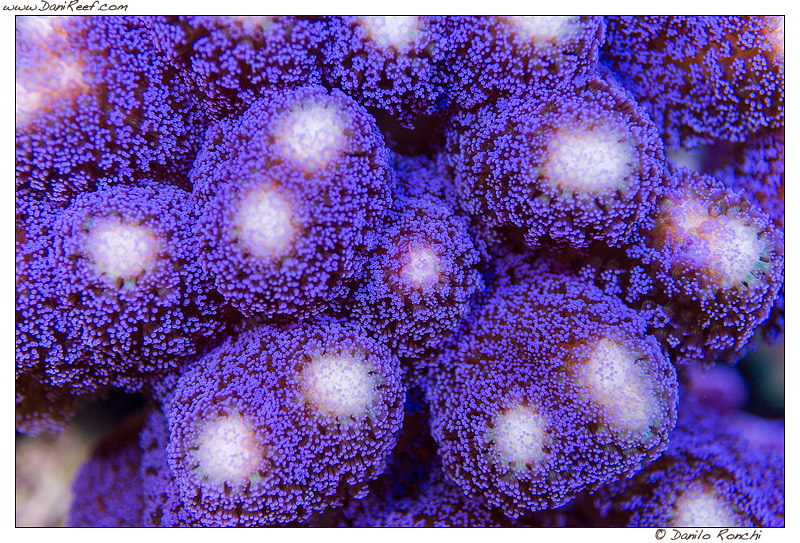
Stylophora pistillata milka polips
At last, we can’t forget to mention the Eheim 1262 pump, which is used as return pump and, partially, as movement pump, considering its huge capacity. Andrea built a net of PVC pipes in order to distribute pump’s capacity towards at least 3 different filters. One of these branches is actually used to serve calcium reactor.
The Manteinance
Now we are curious to know why Andrea’s tank is so successful.
“Starting from a serious technical base, I think that our sensibility can make the difference. For me is very important to change at least 10% of aquarium’s water volume every 15 days. The activated carbon is replaced once a month and kept constantly in aquarium and, if needed, I also replace PO4 resins. Every two months, I perform a general deep cleaning: pump, filters, sump deposit, trying to keep everything clean as much as I can“.

Ampiphrion ocellaris inside Enctamea quadricolor
But maintenance itself is not enough to achieve so brilliant results. So, tell us your secret!
“I don’t like to feed invertebrates too much – says Andrea and I mistrust him a little bit because I don’t completely agree with him – because I don’t’ like to pollute the aquarium. Anyway, I use the complete Elos protocol with Omega amino-acids, ProSkimmer and zooplancton sold by Elos with the EVC commercial name. The protocol is absolutely excellent but I won’t reveal the exact doses :)”…

Pocillopora damicornis tricolor
Animals
And, glancing at the tank, we know that Andrea made the right choice. Yet a leucosternon is not for everyone but an achilles is even more peculiar.
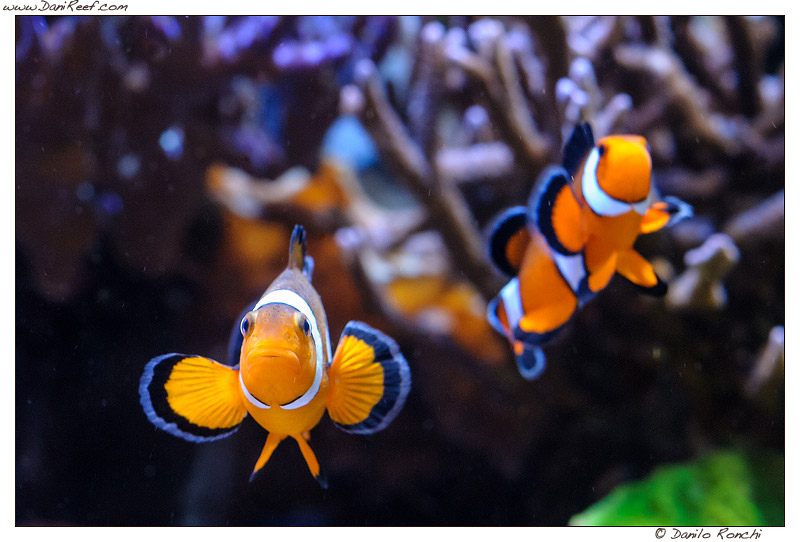
Couple of Ampiphrion ocellaris
“A single specimen of Pseudoanthias squamipinnis remains. Once there was a group of them but now only one remains and I’m not sure to insert others of them or totally different fishes“.

Gobiodon okinawe inside of Anacropora sp.
Corals
As you can see, the aquarium was built to fit mainly corals, LPS and SPS.
Andrea tells us why with his own words: “I always loved corals, so I tried to build aquarium in order to accommodate them. My target was to buy beautiful and very colored animals. As you can see with my “tridacne” together with my Stilophore, Pocillopore and Acropore. And I hope you like my aquarium as much as I do“.
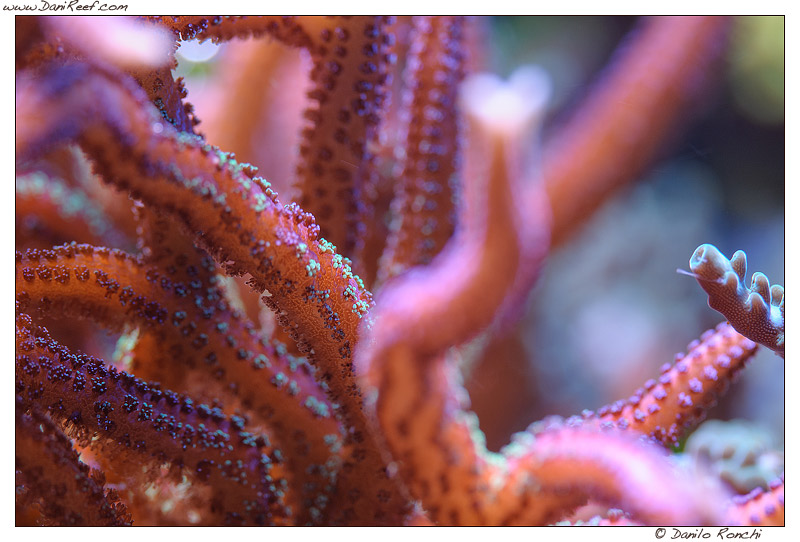
Green polyps of Seriatopora histrix

Polips of incredible wonderful Acropora tenuis
The beautiful part of modern lighting and Elos Epower with Manta and Elite is to have the LED and so it’s possible to admire the same corals’ pictures enhancing fluorescence, even if some colors are quite different from the colors you see with white aquarium lights, especially with LPS corals.

Trachyphyllia, tridacna and Cynarina

Stylophora pistillata milka under blue led
Acknowledgements
Do you like to thank someone? Even if it’s difficult to think that you have to say thanks to someone, considering the results you achieved.
Now you can enjoy all the wonderful pictures we took. We are waiting for your comments and questions.
[Translated by Cristiano Rando]
Text by Danilo Ronchi “DaniReef” and Andrea Negusanti, pictures by Danilo Ronchi







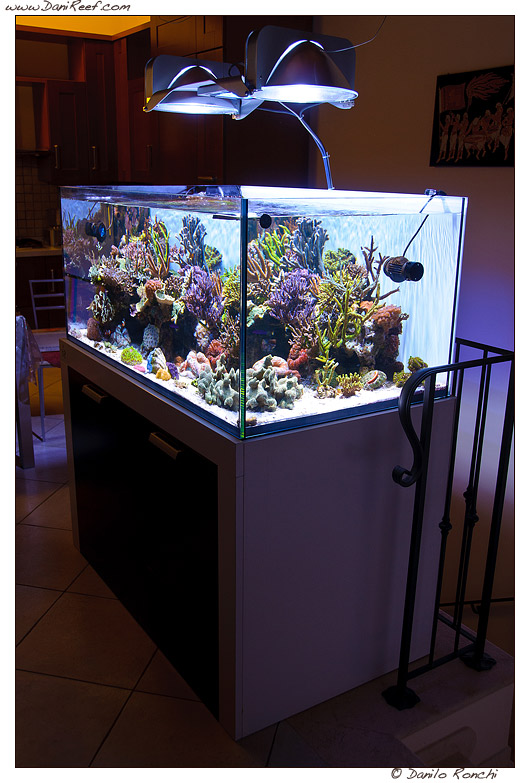





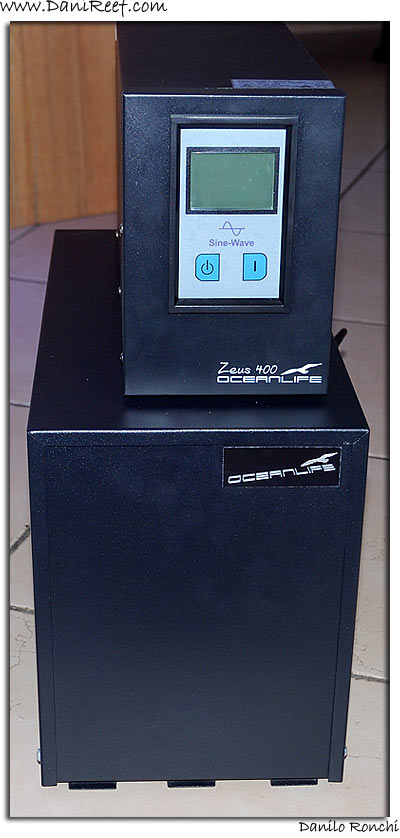












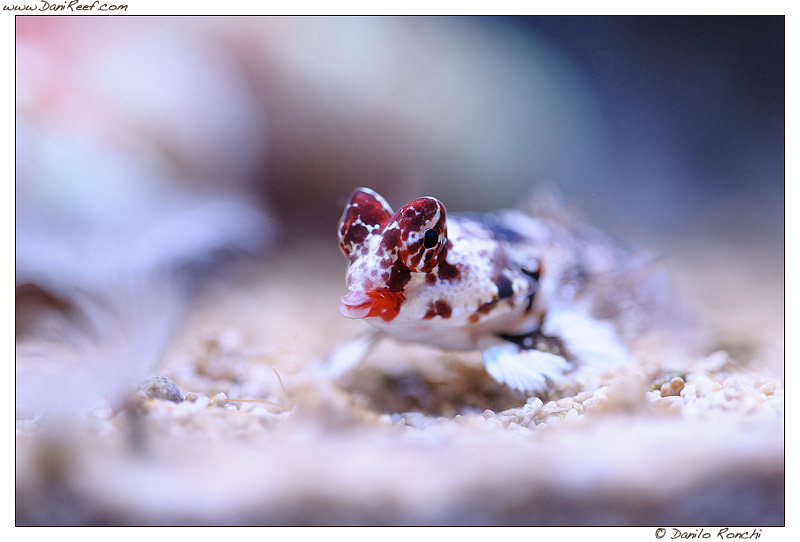





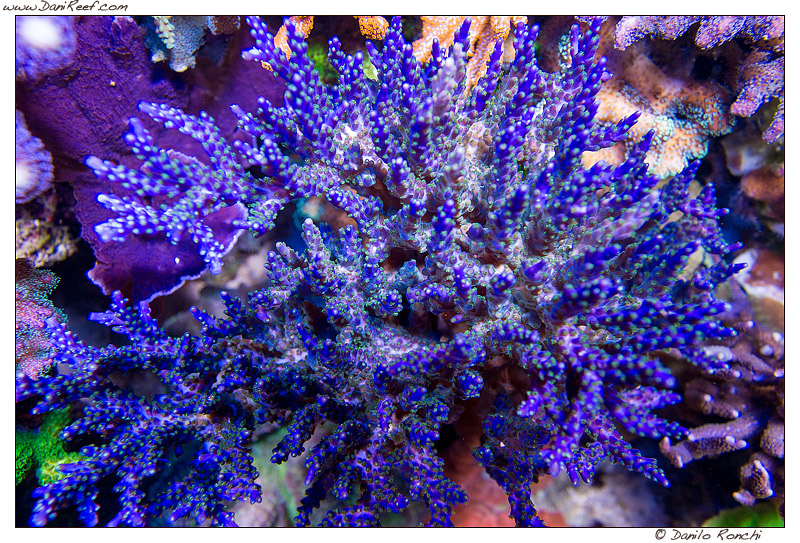








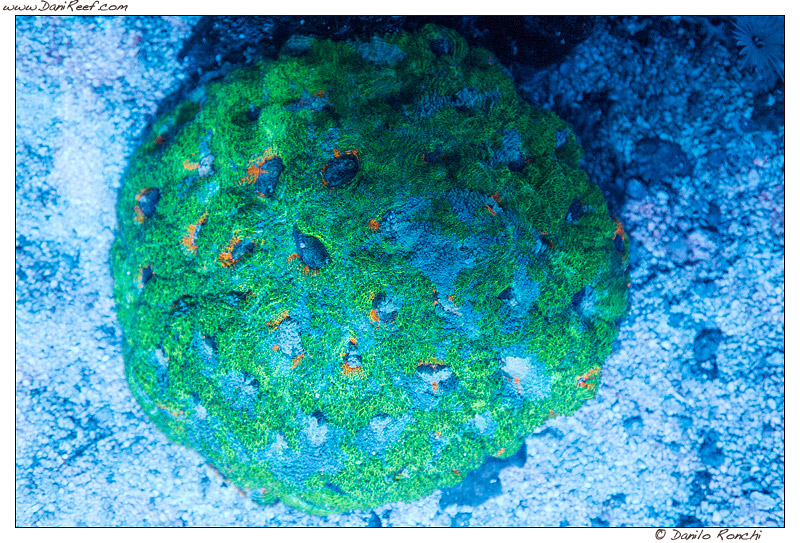







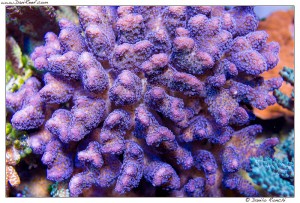
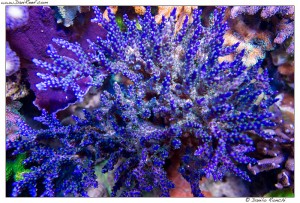




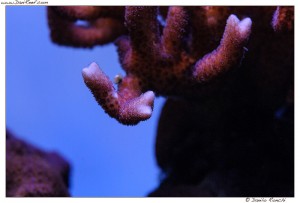







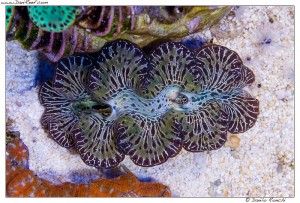









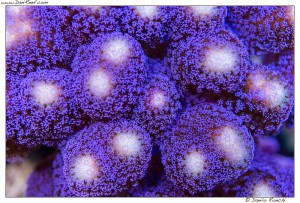








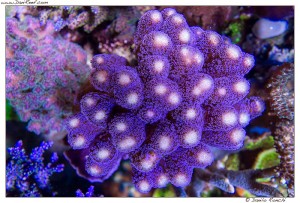








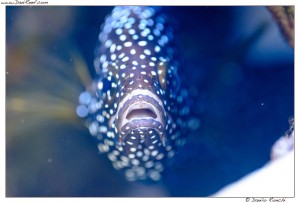




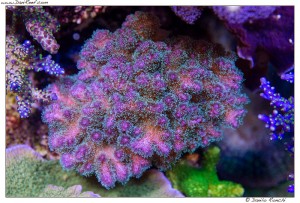

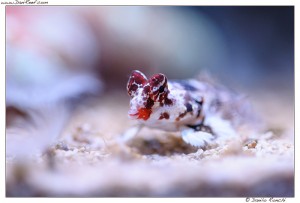















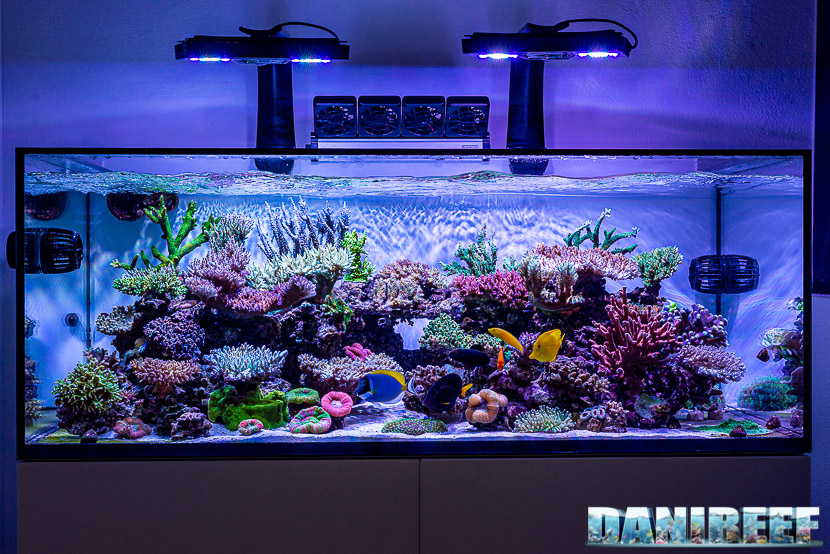






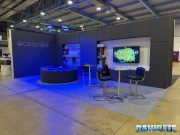
These are awesome images. I love how your corals are blooming inside the tank. Very well cared for.
[…] very nice tank wow.. Andrea’s Negusanti Marine Aquarium, tank of the month | Danireef – il sito dell'acquario marin… aside his corals the back wall of the tank that colour is really […]
[…] As we have already mentioned in the introduction, the dosage of rotifers in the aquarium is not simple, and it is not easy managing the correct dosage, because, in fact, there is no proper dosage, but it is necessary to calibrate directly to your own aquarium. To understand the benefits and to understand how to best dose rotifers we took a year’s time, and we have experienced on three high-level marine aquariums. First, as we wrote at the preview of the New Planctondose we put everything in the wonderful marine aquarium by Andrea Negusanti (admires his marine aquarium clicking here). […]